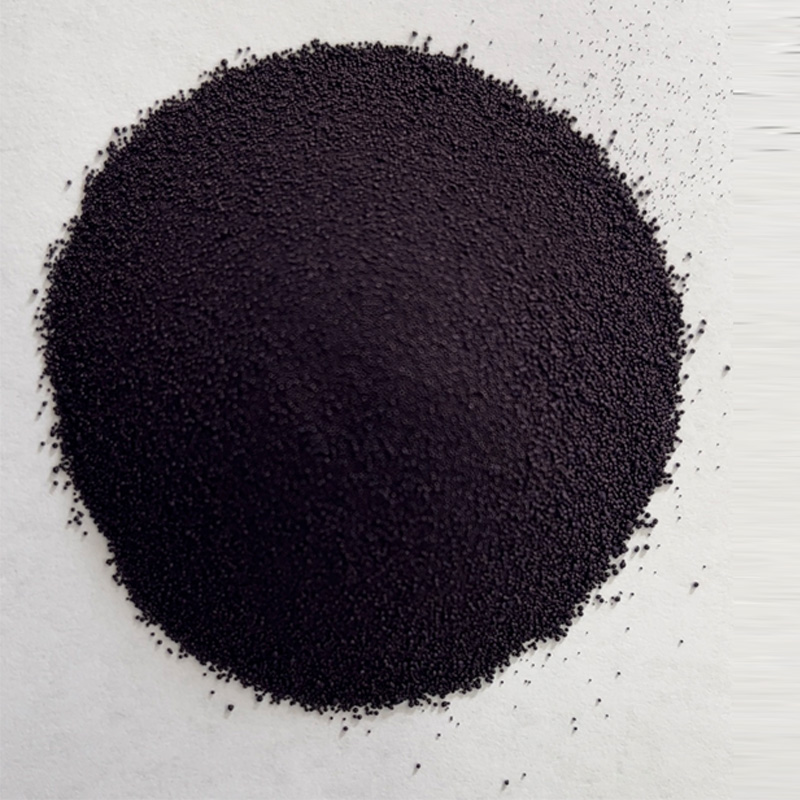Choosing the Best Dyes for Achieving the Perfect Blue Denim Look
Dyes for Blue Jeans A Colorful History and Modern Innovations
Blue jeans have become a staple in wardrobes around the world, representing not just fashion but also a cultural phenomenon that has evolved over decades. Central to the identity of blue jeans is the dye that provides their signature color—indigo. The journey of this dye, from its historical roots to contemporary advancements, reflects both the traditions of textile production and the innovation that drives modern fashion.
The Historical Essence of Indigo
Indigo dye has a rich history that dates back thousands of years. It is derived from the leaves of the indigo plant, which contains a compound called indican. Historically, cultures from ancient Egypt to India have utilized indigo in their textiles, favoring its deep blue hue. In Europe, indigo gained popularity during the Middle Ages, and by the 17th century, it became a significant commodity in trade.
The use of indigo in denim production began in the late 19th century. Levi Strauss and Jacob Davis are credited with patenting the first riveted denim pants in 1873, effectively launching the modern blue jeans era. The choice of indigo was both practical and aesthetic; it was not only vibrant but also faded beautifully, allowing jeans to develop a unique character over time.
The Dyeing Process Traditional vs
. Modern TechniquesTraditionally, the dyeing process involved immersing the fabric in a vat of indigo dye, a method known as rope dyeing. This technique allows the outer layer of the fabric to absorb the dye, while the inner fibers remain undyed. As a result, the fabric appears lighter and achieves a distinctive blue that evolves with wear and washing.
Today, while the rope dyeing process still exists, advancements in technology have introduced new methods. For instance, synthetic indigo dyes have become prevalent, offering consistency and reduced production costs. These synthetic dyes are often used in conjunction with eco-friendly practices, such as waterless dyeing processes and digital printing, which minimize the environmental impact of textile production.
dyes for blue jeans

The Impact of Sustainable Practices
As awareness of environmental issues grows, the denim industry is making strides toward sustainability. Traditional dyeing methods are often water-intensive and can generate significant pollution. In response, many brands are exploring alternative natural dyes, lower-impact synthetic options, and innovative dyeing techniques that reduce water usage and chemical waste.
For example, some companies are experimenting with plant-based dyes or recycled materials, aiming to create denim that is both chic and sustainable. Brands like Everlane and Nudie Jeans have incorporated these practices, appealing to consumers who prioritize environmentally friendly choices in their purchases.
The Future of Blue Jeans
As we look to the future, the blue jeans market is witnessing exciting developments in dye technology. Innovations such as bioengineered indigo, created using bacteria, offer the potential for a more sustainable and efficient dyeing process. Additionally, the rise of digital dyeing technology holds promise for customization, allowing consumers to personalize their denim while reducing waste.
The modern consumer is more aware than ever of the impact their choices have on the environment. As a result, denim brands are increasingly transparent about their production processes and the dyes they use. This shift not only caters to consumer demand but also encourages the industry to adopt practices that are kinder to the planet.
Conclusion
Dyes for blue jeans have a complex and fascinating history that reflects broader trends in fashion, technology, and sustainability. From the ancient use of natural indigo to modern synthetic alternatives, the dyeing process continues to evolve. As the denim industry embraces innovation and ecological responsibility, blue jeans will likely remain a beloved icon of style while pushing towards a more sustainable future. Whether through traditional craftsmanship or cutting-edge technology, the journey of blue jeans is sure to be as colorful as their signature hue.
-
The Timeless Art of Denim Indigo Dye
NewsJul.01,2025
-
The Rise of Sulfur Dyed Denim
NewsJul.01,2025
-
The Rich Revival of the Best Indigo Dye
NewsJul.01,2025
-
The Enduring Strength of Sulphur Black
NewsJul.01,2025
-
The Ancient Art of Chinese Indigo Dye
NewsJul.01,2025
-
Industry Power of Indigo
NewsJul.01,2025
-
Black Sulfur is Leading the Next Wave
NewsJul.01,2025

Sulphur Black
1.Name: sulphur black; Sulfur Black; Sulphur Black 1;
2.Structure formula:
3.Molecule formula: C6H4N2O5
4.CAS No.: 1326-82-5
5.HS code: 32041911
6.Product specification:Appearance:black phosphorus flakes; black liquid

Bromo Indigo; Vat Bromo-Indigo; C.I.Vat Blue 5
1.Name: Bromo indigo; Vat bromo-indigo; C.I.Vat blue 5;
2.Structure formula:
3.Molecule formula: C16H6Br4N2O2
4.CAS No.: 2475-31-2
5.HS code: 3204151000 6.Major usage and instruction: Be mainly used to dye cotton fabrics.

Indigo Blue Vat Blue
1.Name: indigo blue,vat blue 1,
2.Structure formula:
3.Molecule formula: C16H10N2O2
4.. CAS No.: 482-89-3
5.Molecule weight: 262.62
6.HS code: 3204151000
7.Major usage and instruction: Be mainly used to dye cotton fabrics.

